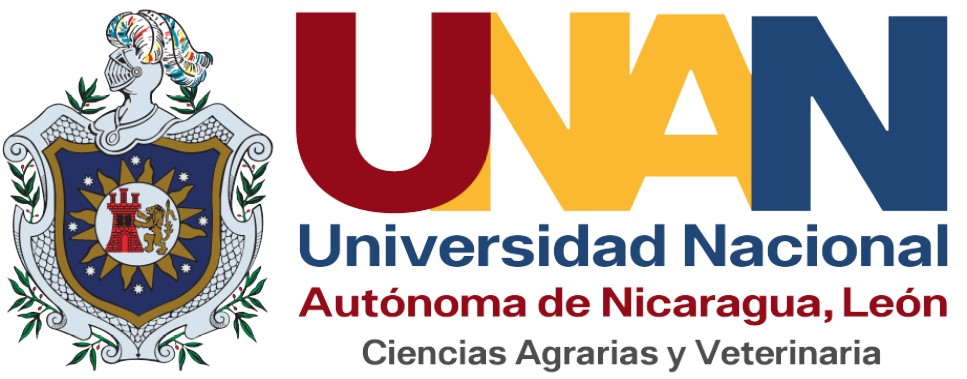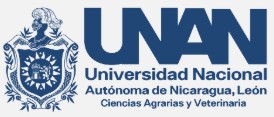The United States: a historical and sinuous obstacle in the evolution of Central American integration
DOI:
https://doi.org/10.5377/ribcc.v2i4.5929Keywords:
intervention, Foreign policy, Regional integration, Nation -StateAbstract
Central American unity has always been the desire of some states and leaders of the region, and some have even offered their valuable lives to be part of the recent independent history of the republics. But the fascinating thing is that the different imperialist interventions have made it possible for the Central Americans themselves to seek a solution to their problems, peace and unity of the region, development and economic growth. A valuable example was the signing of the Charter of San Salvador that creates the Organization of Central American States (ODECA) and is the basis for the signing of the Tegucigalpa Protocol creating the Central American Integration System (SICA); Practically with this initiative the first regional organization in Central America begins to work after the Central American Federal Republic broke. The different justifications for intervening in the region, especially in Nicaragua, on the part of the United States of America are multiple and with various inconsistencies. The United States since 9/11 has expressed its desire for a modern political society, that is, free of caudillos; Manifesting a clear opposition and intervening in some occasions the model of Government of Reconciliation and National Unity promoted by the president Daniel Ortega Saavedra.
Downloads
Metrics
References
Autoridad del Canal de Panamá. (2013). Informe Anual del Canal de Panamá. Panamá: Universitaria.
Cincotta, H. (1994). An outline of American history. Estados Unidos: Agencia de Información.
Díaz, E. 2013. Sobre el denominado "Mediterraneo americano" In XV Encuentro de Latinoamericanistas Españoles. Trama Editorial, 1337 - 1350.
Herdocia, M. (2003). Integración y modelo de seguridad democrática en Centroamérica: su influencia dentro de la OEA. Revista de Derecho, 185 - 214.
McDougall, W. A. (1997). Promised land, crusader state:the American encounter with the world since 1776. United States: Houghton Mifflin Company.
Montalván, E. Á. (2000). Cultura Política Nicaraguense. Managua: HISPAMER.
Rojas, J. D. (2009). Construcciones Supranacionales e integración regional latinoamericana. San José. Costa Rica: UCR.
Sequeira, A. C. (2003). La república conservadora de Nicaragua 1858 - 1893.
Stephanson, A. (1996). Manifest Destiny: American expansion and the empire of right. New York: Hill and Wang.
Thomas Skidmore, P. H. (11 de Abril de 1992). Modern Latin America. New York: Oxford University.
Vásquez, G. V. (2011). Nacimiento y ocaso de la Federación de Centro América:entre la realidad y el deseo. España: Revista Complutense de Historia de América.
Vizcarra, A. E. (2007). LA CARTA DEMOCRÁTICA INTERAMERICANA Y EL TRATADO MARCO DE SEGURIDAD DEMOCRÁTICA EN CENTROAMERICA. Miembro del Comité Jurídico Interamericano. Recuperado el 12 de Abril de 2016, http://www.fes- seguridadregional.org/images/stories/docs/5182-001_g.pdf
Weeks, E. W. (1997). Building the continental empire:American Expansion from the Revolution to the Civil War. Chicago: Ivan R. Lee. Inc.
Downloads
Published
How to Cite
Issue
Section
License
Copyright (c) 2018 Revista Iberoamericana de Bioeconomía y Cambio Climático

This work is licensed under a Creative Commons Attribution-NonCommercial-ShareAlike 4.0 International License.
Copyright © 2025 Rev. iberoam. bioecon. climate change. National Autonomous University of Nicaragua León (UNAN-León), Knowledge Area of Agrarian and Veterinary Sciences / Specific Area of Agroecology and Agribusiness / Center for Research in Agrarian Sciencies. Academic Directorate. Research Department. Publication and scientific events Unit.












 EDITORIAL
EDITORIAL e-ISSN
e-ISSN


 COPYRIGHT
COPYRIGHT This work is licensed under a Licencia Internacional
This work is licensed under a Licencia Internacional 












